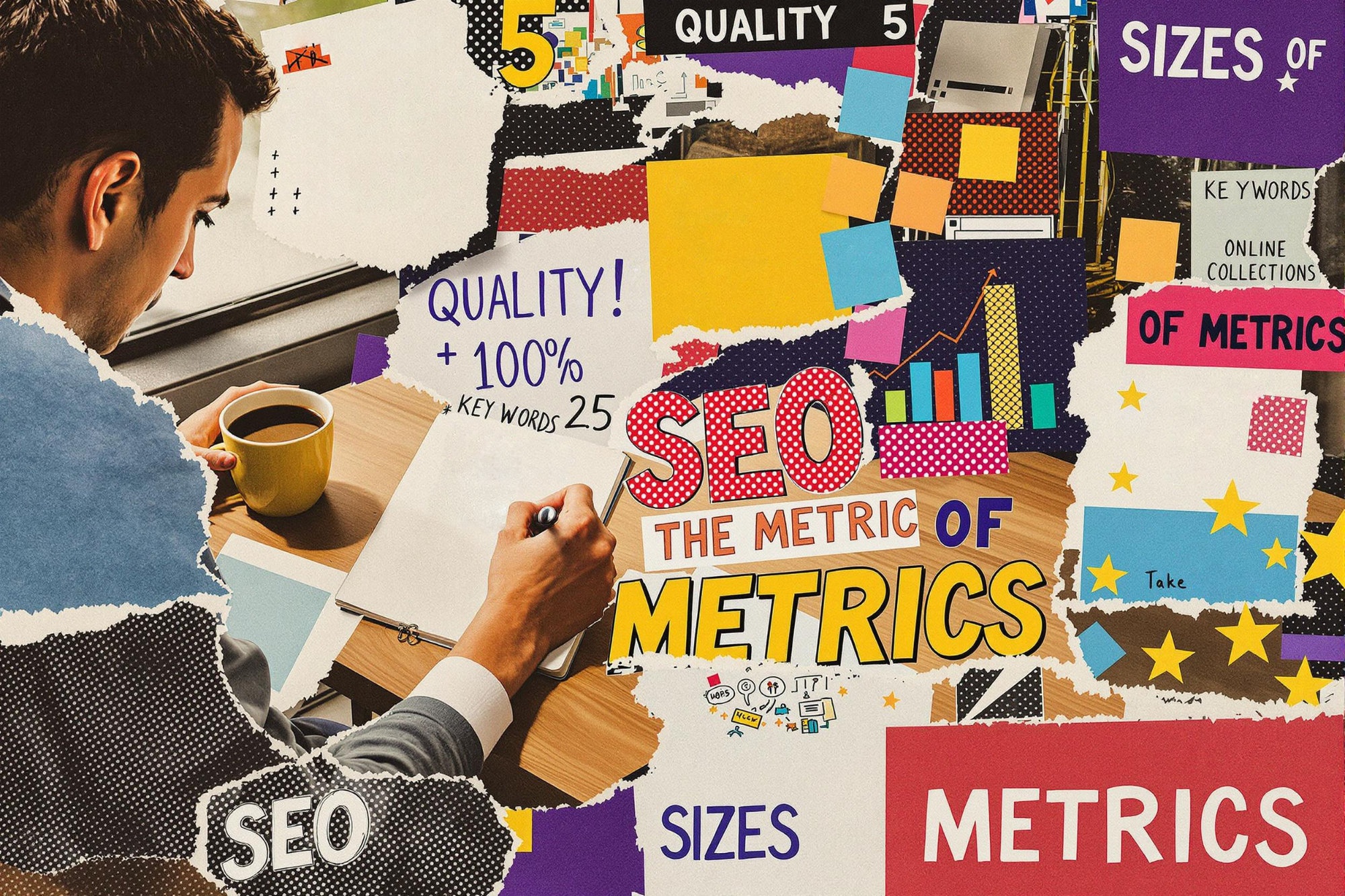
Native Advertising
Native advertising is a type of paid content that matches the look and feel of the platform where it appears. Think of it like a magazine ad that's designed to look like a regular article, or a social media post that appears in someone's feed but is marked as "sponsored." It's different from traditional ads because it blends in with regular content while still disclosing that it's advertising. This approach has become very popular because people tend to engage more with ads that don't disrupt their browsing experience. Common examples include sponsored articles on news websites, promoted posts on social media, or recommended content widgets at the bottom of web pages.
Examples in Resumes
Managed $2M budget for Native Advertising campaigns across multiple platforms
Increased client engagement by 45% through strategic Native Ad placement
Created award-winning Native Content campaigns for major retail brands
Developed Native Advertising strategies that achieved 3x higher click-through rates than traditional display ads
Typical job title: "Native Advertising Specialists"
Also try searching for:
Where to Find Native Advertising Specialists
Professional Organizations
Online Communities
Job Resources
Example Interview Questions
Senior Level Questions
Q: How do you measure the success of a native advertising campaign?
Expected Answer: A senior candidate should discuss various metrics like engagement rates, time spent with content, conversion rates, brand lift studies, and ROI calculations. They should also mention the importance of setting clear KPIs aligned with business objectives and how to adjust campaigns based on performance data.
Q: How do you ensure native advertising campaigns comply with FTC guidelines while maintaining effectiveness?
Expected Answer: The answer should cover transparency in labeling sponsored content, maintaining clear disclosure practices, and balancing regulatory compliance with creative execution. They should also discuss examples of successful campaigns that followed guidelines while delivering strong results.
Mid Level Questions
Q: What platforms have you used for native advertising and how do they differ?
Expected Answer: Candidate should be able to compare and contrast platforms like Facebook, LinkedIn, content discovery networks, and publishing platforms, discussing the unique advantages and challenges of each.
Q: How do you ensure native content maintains brand voice while fitting the publisher's style?
Expected Answer: Look for understanding of both brand guidelines and platform-specific content requirements, with examples of how to balance these sometimes competing needs.
Junior Level Questions
Q: What's the difference between native advertising and traditional display advertising?
Expected Answer: Should explain how native ads blend with surrounding content while display ads stand out, and discuss basic advantages of each approach.
Q: What are the common types of native advertising formats?
Expected Answer: Should be able to identify in-feed ads, sponsored content, recommended content widgets, and sponsored social media posts, with basic examples of each.
Experience Level Indicators
Junior (0-2 years)
- Basic understanding of native ad platforms
- Content writing and editing
- Social media marketing fundamentals
- Basic analytics tracking
Mid (2-5 years)
- Campaign management and optimization
- Budget management
- Performance analysis and reporting
- Multi-platform strategy development
Senior (5+ years)
- Advanced campaign strategy
- Team management
- Complex budget optimization
- Cross-channel campaign integration
Red Flags to Watch For
- No understanding of FTC disclosure requirements
- Inability to explain the difference between native and traditional advertising
- Lack of experience with major native advertising platforms
- No knowledge of performance metrics and analytics
- Poor understanding of content marketing principles
Related Terms
Need more hiring wisdom? Check these out...

When Your Team Sells You Better Than Marketing Ever Could: The Power of Employee Advocacy

Tiny Neighborhoods, Huge Impact: The Surprising Power of Hyper-Local SEO in Your Hiring Game

From Ghost Town to Talent Hub: Transforming Your Careers Blog into a Talent Magnet

